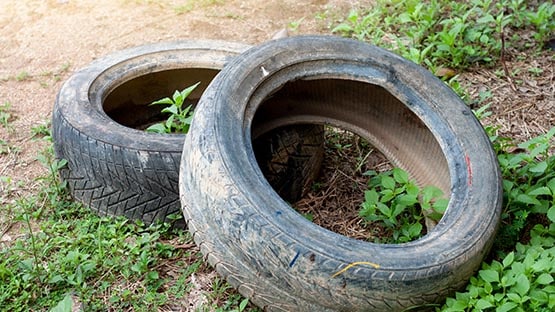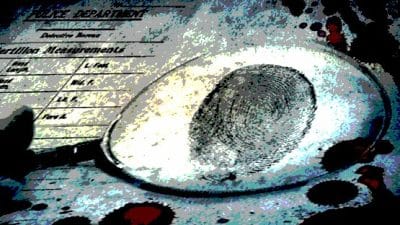
Dear EarthTalk: What kinds of pollution do automobile tires cause? – B.L., San Francisco, CA
Tire wear pollution was in the news recently after a group of Native American tribes in the Pacific Northwest asked the EPA to investigate a possible link between tire pollution and declining populations of wild coho salmon there.
The tribes blame the chemical 6PPD, which has been used in motor vehicle tires for over six decades to make them more durable. It is also widely used in other rubber products such as footwear, synthetic turf and playgrounds. While it might make rubber stronger, 6PPD can react with ozone pollution in the air to form a byproduct called 6PPD-quinone. Stormwater runoff containing 6PPD-quinone inevitably runs off into streams and other water bodies during rain, when aquatic organisms are exposed to it. Concentrations of 6PPD-quinone in storm water in the Pacific Northwest were found to be lethal to coho salmon after only a few hours of exposure.
6PPD isn’t the only bad stuff coming off tires. Another is microplastics, also used to strengthen the rubber in tires but linked to a wide range of toxic effects that can make their way up the food chain to our dinner plates. Another major consequence of tire wear and tear is the release of airborne pollutants. When tires roll over roads, they generate friction, which leads to the production of tiny particles and chemical compounds that can become airborne. These pollutants can include fine particulate matter (PM2.5), volatile organic compounds (VOCs), and polycyclic aromatic hydrocarbons (PAHs).
Particulate matter from tire wear is an especially concerning pollutant because it can be inhaled by humans and animals, causing respiratory problems and other issues. Fine particulate matter can also contribute to the formation of smog and haze, reducing air quality in urban areas. VOCs and PAHs emitted from tire wear can react with other pollutants in the atmosphere to create ground-level ozone, a key component of smog. Ground-level ozone is harmful to human health and can cause respiratory issues, especially in vulnerable populations, such as children and the elderly.
Tire wear and tear also pollutes water, and not only in salmon habitat. When it rains, the water washes tire particles into stormwater drains and eventually into rivers, lakes, and oceans. The runoff can contain not only microplastics but also a variety of chemicals used in tire manufacturing and those generated during tire wear. These chemicals may include heavy metals, such as zinc and cadmium, which can have toxic effects on aquatic life and disrupt ecosystems. Furthermore, the leaching of chemicals from tires into water bodies can lead to long-term contamination of aquatic environments.
Tiremakers are working on more durable and eco-friendly tire materials that emit fewer pollutants. To wit, low rolling resistance tires can help improve fuel efficiency and reduce both tire wear and associated pollution. Meanwhile, we can all help by getting maintaining our vehicles regularly and making sure the tires are inflated to recommended levels. Getting out of our cars altogether and walking, biking and taking public transit are also great ways to reduce reliance on cars and all the environmental evils they cause.
CONTACTS: After Salmon Deaths, EPA Takes Aim at Toxic Chemical Issuing from Car Tires, e360.yale.edu/digest/epa-tire-chemical-salmon-6ppd; Road Hazard: Evidence Mounts on Toxic Pollution from Tires, e360.yale.edu/features/tire-pollution-toxic-chemicals; Can tires turn green? cen.acs.org/environment/sustainable-tire-market/101/i17.
EarthTalk® is produced by Roddy Scheer & Doug Moss for the 501(c)3 nonprofit EarthTalk. See more at emagazine.com. To donate, visit earthtalk.org. Send questions to: [email protected].










